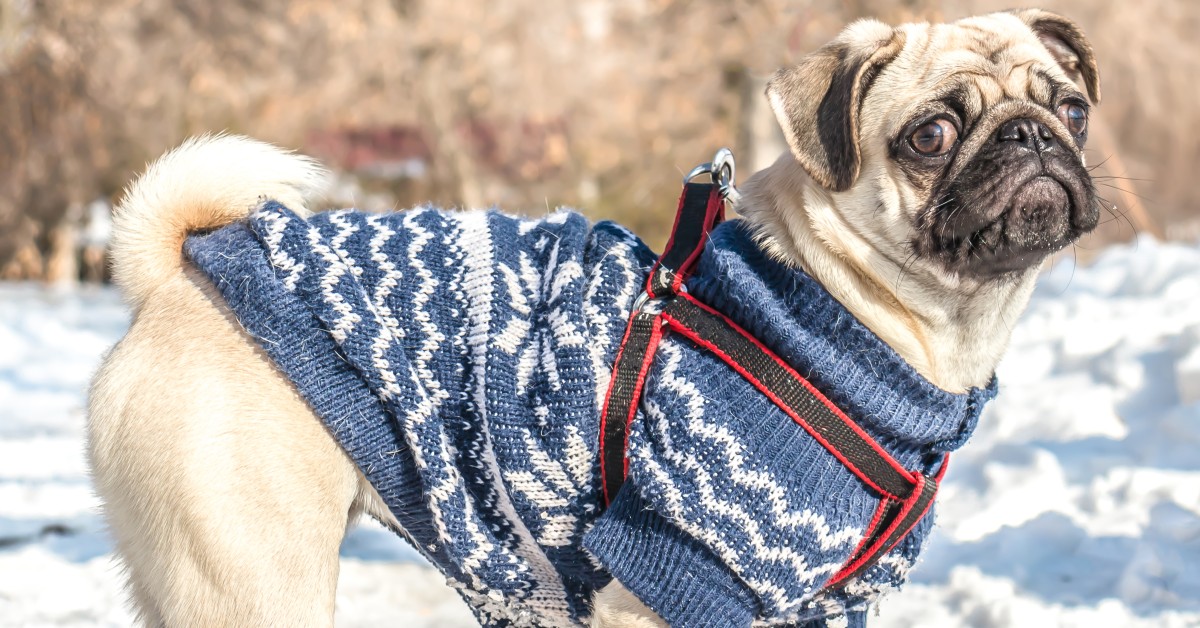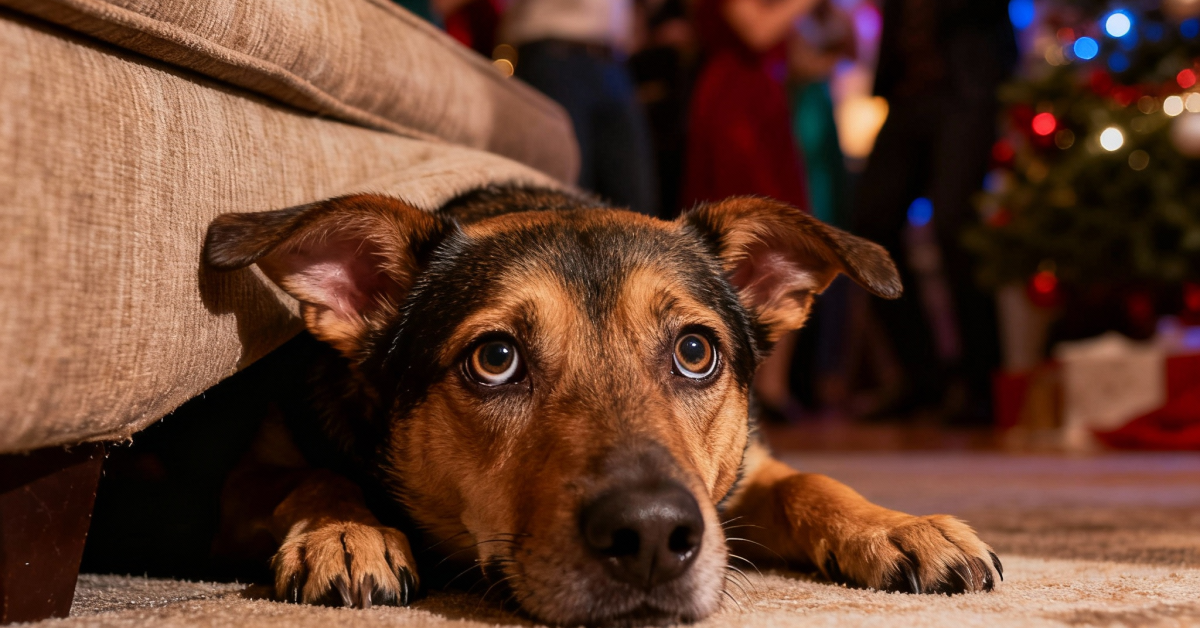Tips to Protect Your Dog’s Paws from Hot Pavement
Hot pavement and other surfaces can cause painful burns on your dog’s paws.

Many pet owners and their dogs enjoy walks on hot, sunny days. Unfortunately, high temperatures pose certain risks for your pooch. According to the American Kennel Club, if the temperature is 85 degrees or over, the ground may be too hot for your dog to safely walk outdoors. Brick, asphalt, sand, dirt, and other surfaces can become extremely hot due to prolonged sun exposure. Preventive Vet suggests putting the back of your hand against the hot surface for about 5 to 7 seconds. If the surface is too hot for you, it’s too hot for your pet.
The Dangers of Hot Pavement for Pets
While any street or road may be considered ‘pavement,’ black asphalt is considerably concerning when it comes to your pet. These surfaces can become too hot for a dog to safely walk on. There is a common misconception that if the air is relatively cool that the pavement must be too. In reality, the ground can be much hotter, especially when the surface is in direct sunlight and there is low humidity and no wind.
According to The Spruce Pets, here are some examples of how air temperature correlates to pavement temperature:
- 77 degrees F air temperature = 125 degrees F pavement temperature
- 86 degrees F air temperature = 135 degrees F pavement temperature
- 87 degrees F air temperature = 143 degrees F pavement temperature
The biggest risk to dogs that walk on hot pavement is burns or other injuries to their paw pads. Dogs whose paws are injured or burned due to heat may limp or attempt to stop walking or lick or chew at their paw pads. The skin on or around the paw pads may darken, blister, peel, or redden. Some dogs may become vocal when using the affected leg.
If your dog suffers burns to its paws from hot pavement, your pet should be taken to the vet immediately for care. Your vet will thoroughly inspect the burns to determine their severity. The burns should then be cleaned and bandaged. Your vet may prescribe antibiotics to prevent infection.
Dogs with burns on their paws should have restricted exercise to allow the area to heal. The length of time it takes for a paw pad burn to heal will depend on the extent of the injury. Mild burns may take 7 to 10 days, while more severe burns that involve pad sloughing may take several weeks. While there are usually no complications associated with paw pad burns, it’s important to keep in touch with your vet and schedule a follow-up visit.
Tips to Protect Your Dog from Hot Pavement
Unlike humans, dogs don’t wear shoes when they go out and instead, depend on their resilient paw pads to help them walk and run. While paw pads are not as sensitive as human hands, they are not completely immune to harsh weather conditions. Hot surfaces can cause serious injuries that can usually be prevented with just a few simple tips.
- Walk when it’s cool outside. Avoid walking during the hottest part of the day, usually between noon and 3 PM. The best time to walk your dog is early in the morning or later in the evening when the sun starts to set. In addition to avoiding burns to the paws, walking when it’s cooler can help prevent other concerns like heat exhaustion or heat strokes.
- Choose grassy or shady areas. Whenever possible, choose to walk on grass or in shaded areas when it’s hot out. Grass will provide cushioning for your pet’s feet and is considerably cooler than pavement, sand, and dirt. Consider bringing your pet to a park where there are plenty of grassy areas and trees for shade.
- Get your dog used to the pavement. While it’s important to avoid pavement on particularly hot days, pavement can be a great way to toughen up your dog’s paw pads on cooler days. If your pet is not used to walking on pavement, stick with short walks at first and gradually make them longer as their paw pads become more accustomed to the rough surface.
- Moisturize your dog’s paw pads. Your dog’s paw pads are more likely to suffer injury if they are dry and cracked. One of the best ways to keep their pads soft and pliable is by moisturizing them before walks. Apply a paw rub to their feet and massage it into their pads for a few minutes before a walk.
- Try a dog paw wax product. There are a variety of paw wax products on the market designed to keep dog paw pads protected from harmful surfaces. Apply the paw wax directly before a walk for the best results. If you don’t have a paw wax on hand, a bit of Vaseline can provide similar results.
- Invest in a pair of dog shoes. While many dogs do not enjoy wearing shoes, a pair of rubber-soled protective canine shoes can help prevent burns and other injuries during walks. When buying dog shoes, be sure to get the proper size and fit and help your dog adjust to them over time.
Keeping Your Dog Safe in Hot Weather
If your dog happens to suffer from a paw pad burn or another injury, bring him indoors right away. Flush the paw with cool water and apply a cold compress. Do not allow the dog to lick or walk on the injured pad. Contact your vet immediately to determine if the burn can be treated at home or if it requires professional intervention.
Ready to start saving money on pet wellness care?
Then take a look at Mint Wellness, the pet wellness plan that provides fast reimbursement on routine pet care. Save on vaccinations, wellness exams, preventatives, dental, and more!
Learn More


